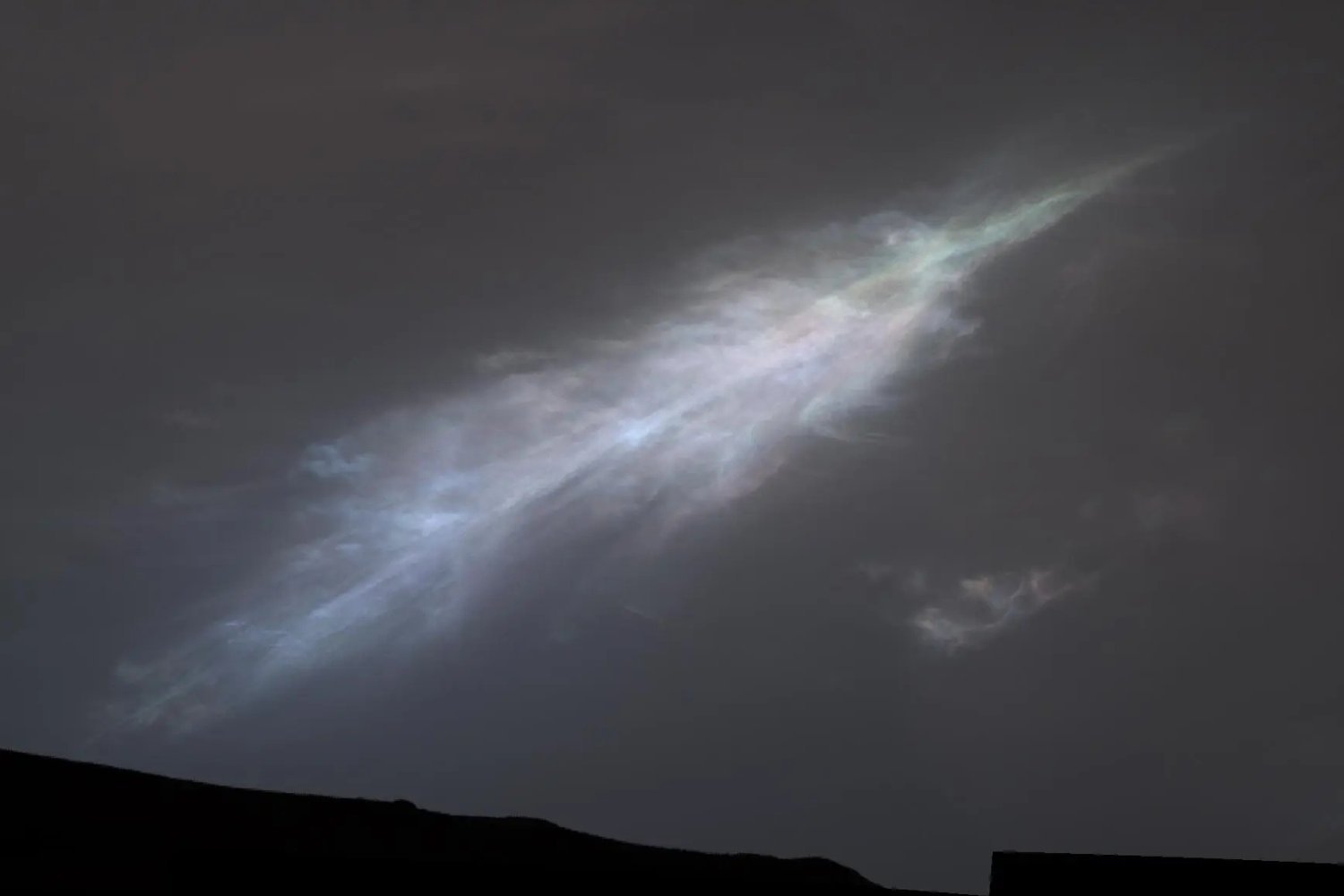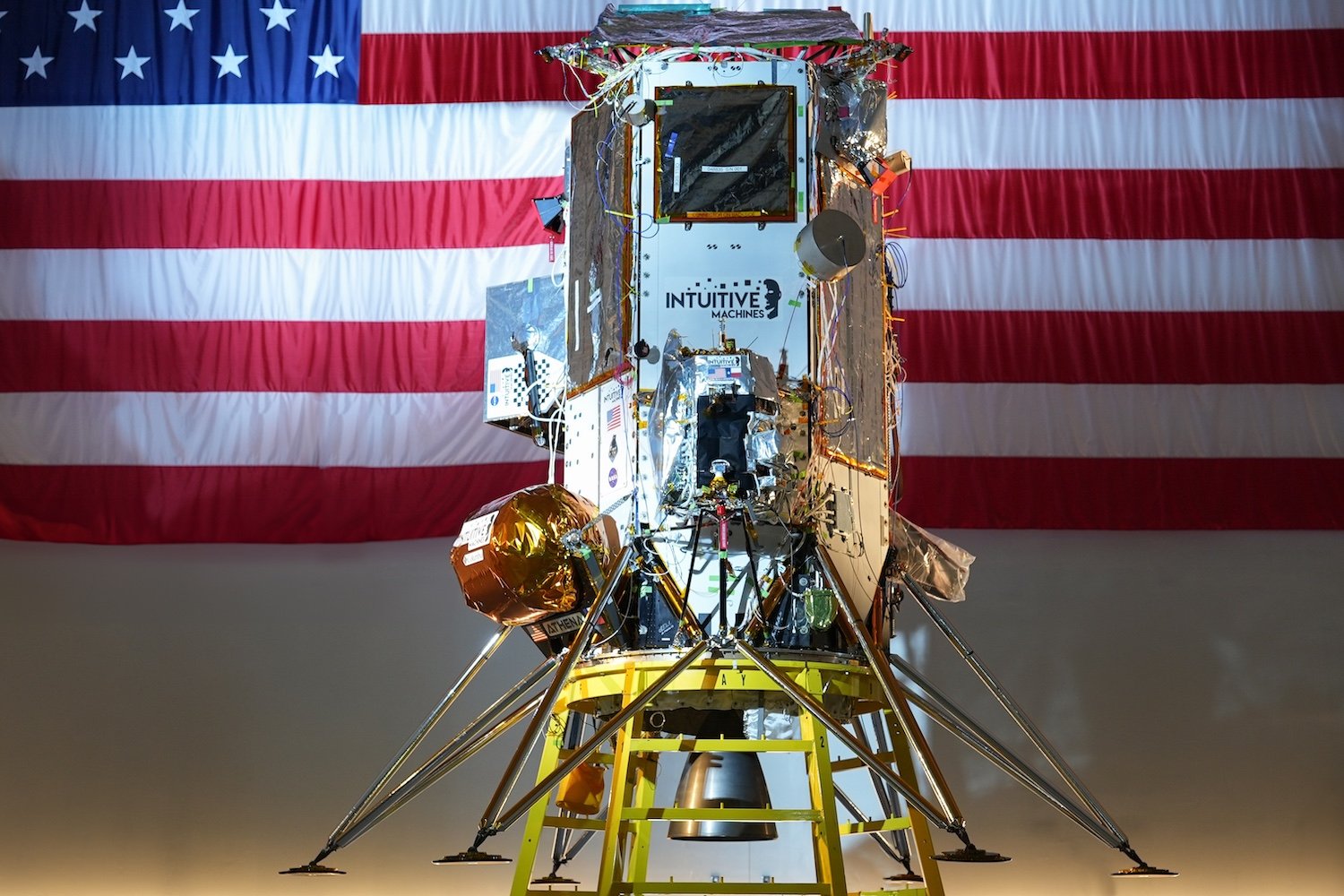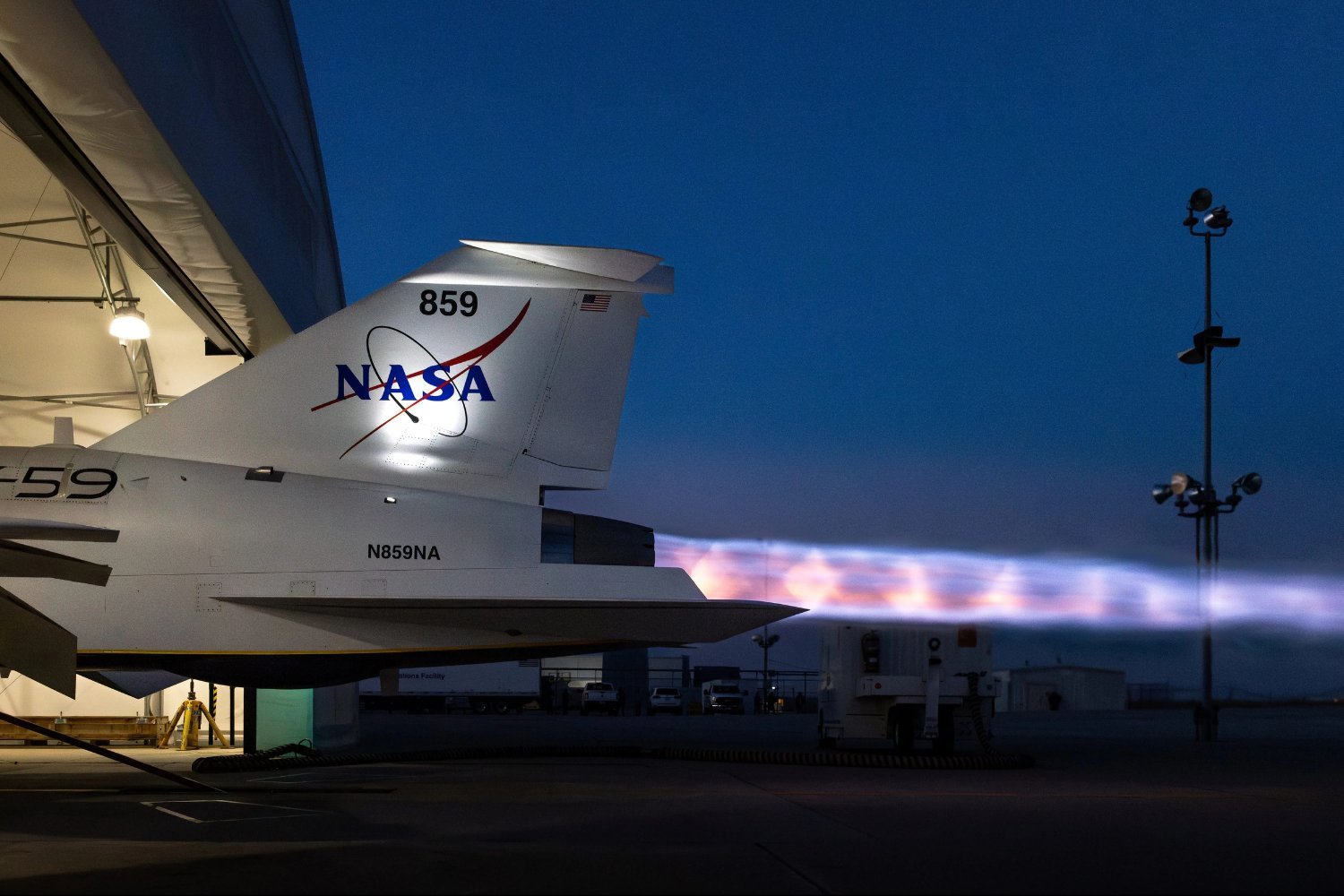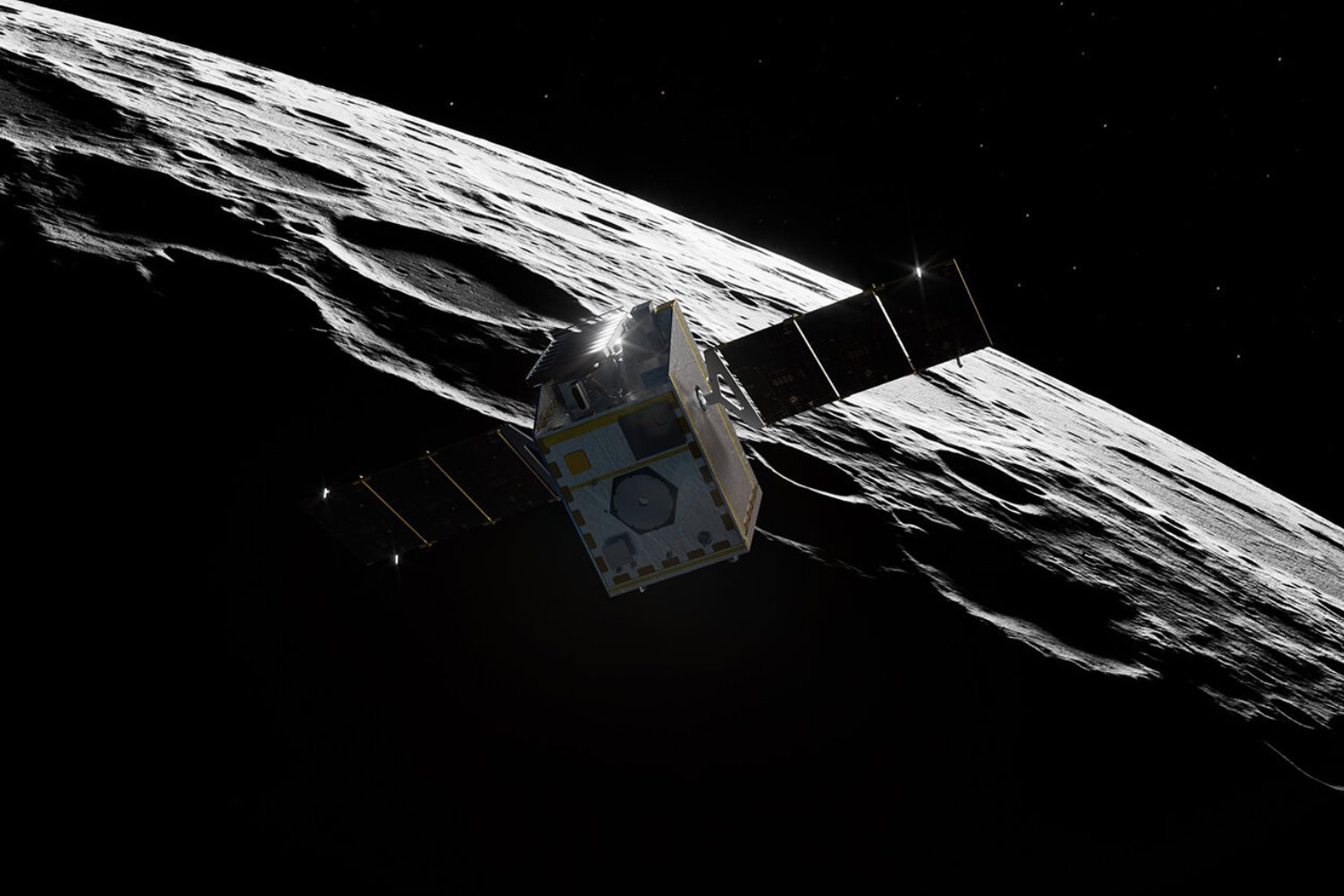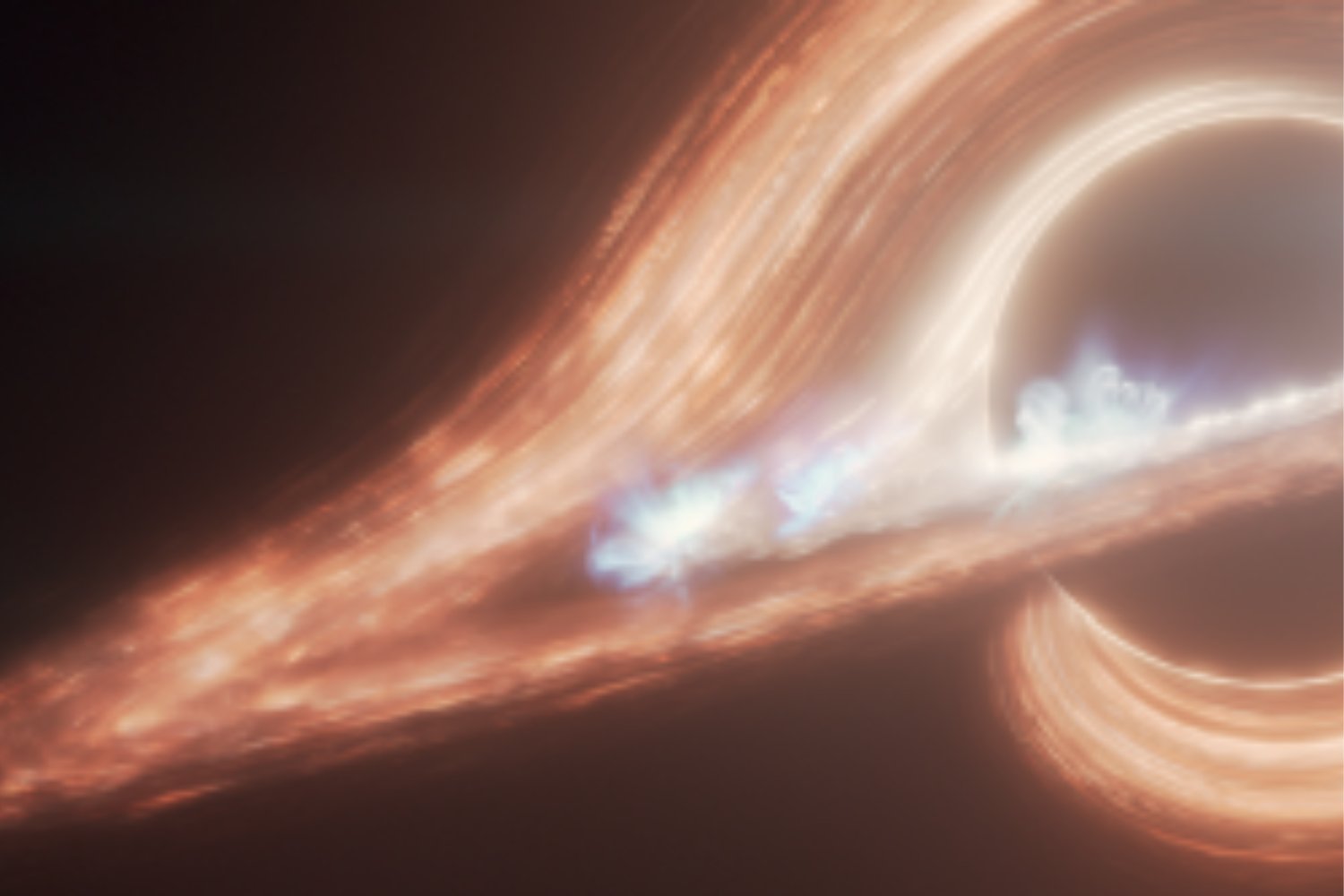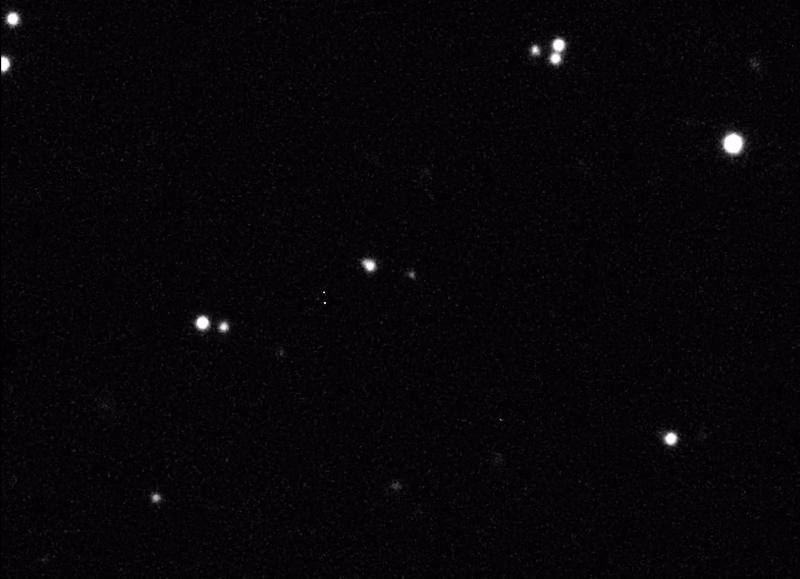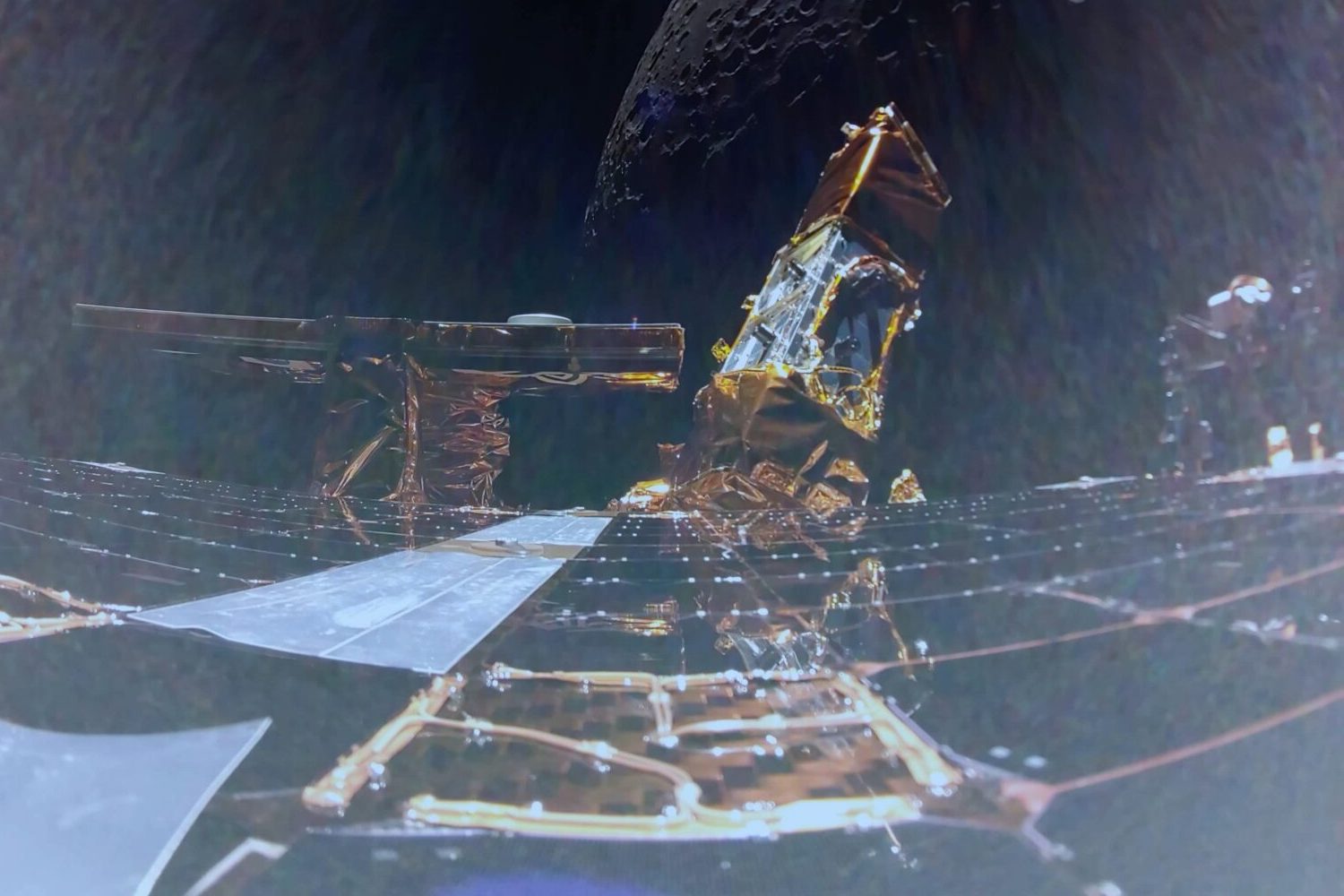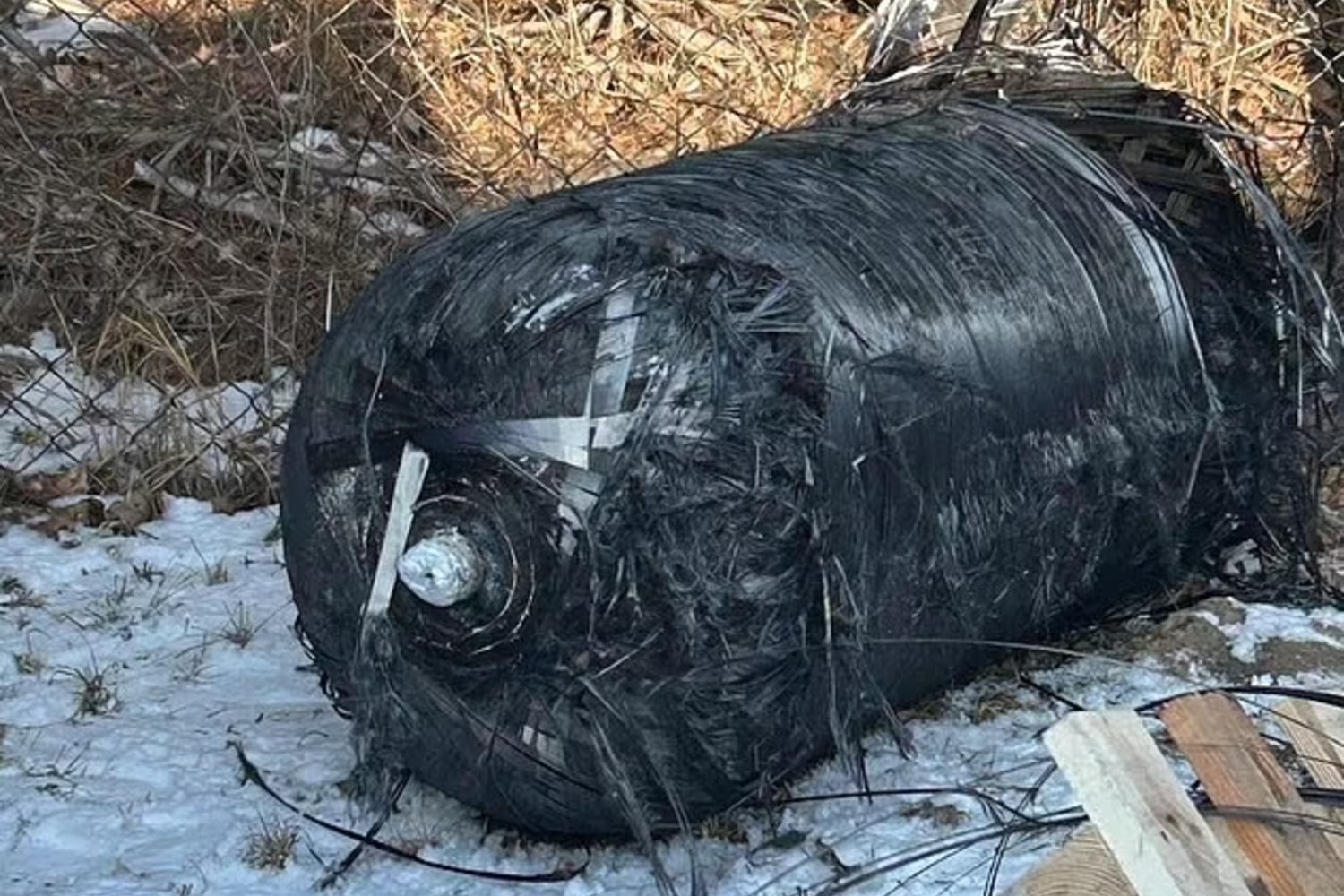Curiosity, NASA’s tireless Mars rover, has once again captured a breathtaking image: a feather-shaped cloud glowing in the Martian twilight. This stunning photograph, taken in January 2023 (Sol 4426) and recently highlighted by NASA, showcases the ethereal beauty of noctilucent, or “night-shining,” clouds on the Red Planet.
These captivating clouds, observed during a 16-minute imaging sequence, appear reddish-green against the darkening Martian sky. They are formed high in the Martian atmosphere, between 37 and 50 miles (60 and 80 kilometers) above the surface. Their iridescent glow is a result of the way sunlight scatters off ice crystals in the thin, dusty air.
Mars Cloud Composition and Altitude
Martian clouds are composed of either water ice or carbon dioxide ice. The noctilucent clouds captured by Curiosity are formed from carbon dioxide ice crystals. These clouds form at higher altitudes and lower temperatures than water ice clouds. When these icy clouds drift below about 31 miles (50 kilometers), the rising atmospheric temperature causes them to evaporate.
Noctilucent Clouds: An Earthly Connection
Interestingly, noctilucent clouds are not unique to Mars. They can also be observed on Earth, sometimes forming in the upper atmosphere after rocket launches. These shimmering clouds are only visible shortly after sunset or before sunrise, as they are too faint to be seen against the bright daytime sky.
Diverse Martian Cloudscapes
Mars boasts a variety of cloud formations. In 2022, the European Space Agency (ESA) observed clouds similar to those found on Earth. The Perseverance rover, another Martian explorer, encountered heavy cloud cover in 2023, hinting at the prevalence of overcast days on our neighboring planet. While these iridescent clouds are not a new discovery, their beauty and the scientific insights they offer continue to fascinate researchers.
A History of Martian Cloud Observations
The first observation of these twilight clouds on Mars dates back to 1997, during NASA’s Pathfinder mission. Curiosity first captured these clouds in 2017. This recent observation marks the fourth Martian year that the rover has witnessed this phenomenon.
Unraveling the Secrets of Martian Ice Formation
In late 2024, a study published in Geophysical Research Letters shed light on how the iridescent effect of these clouds reveals the formation and growth of ice in the Martian atmosphere. Mark Lemmon, an atmospheric scientist at the Space Science Institute and the study’s lead author, recalled his initial surprise at observing these clouds, initially mistaking them for a color artifact. Now, the predictability of their appearance allows scientists to plan observations in advance.
Interestingly, these specific types of clouds haven’t been observed by rovers in other regions of Mars. This suggests that the area where Curiosity is exploring, Gale Crater’s Mount Sharp, might have unique conditions conducive to their formation.
Conclusion
The continued observation of these iridescent clouds by Curiosity offers valuable insights into the dynamics of the Martian atmosphere and the processes governing ice formation. As we continue to explore our celestial neighbor, these ethereal clouds serve as a reminder of the beauty and scientific wonders that await us on Mars.



